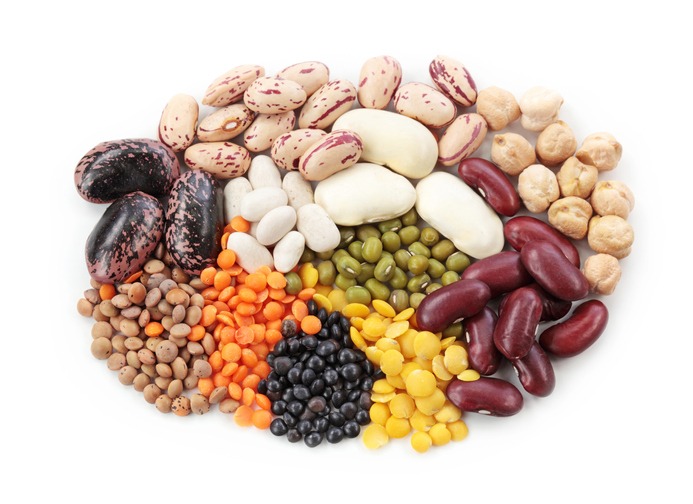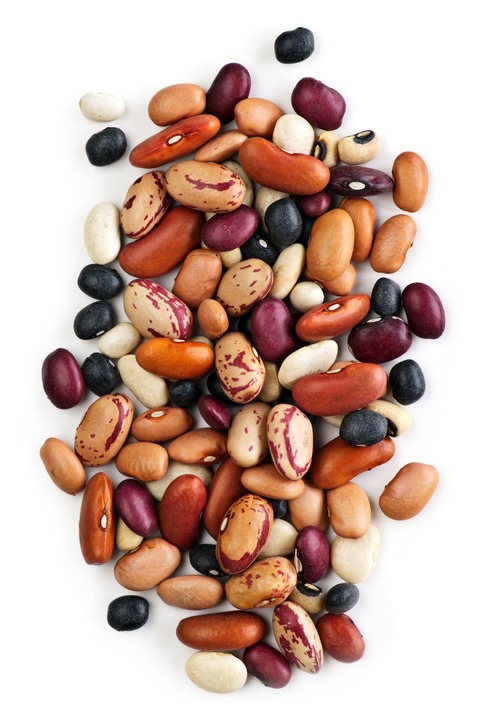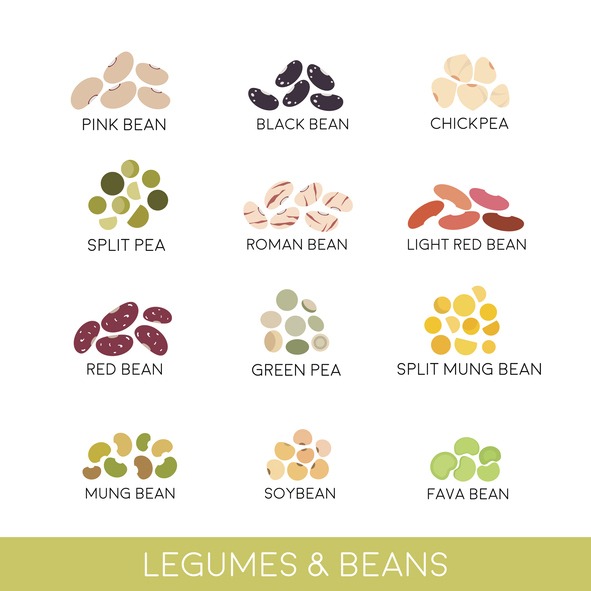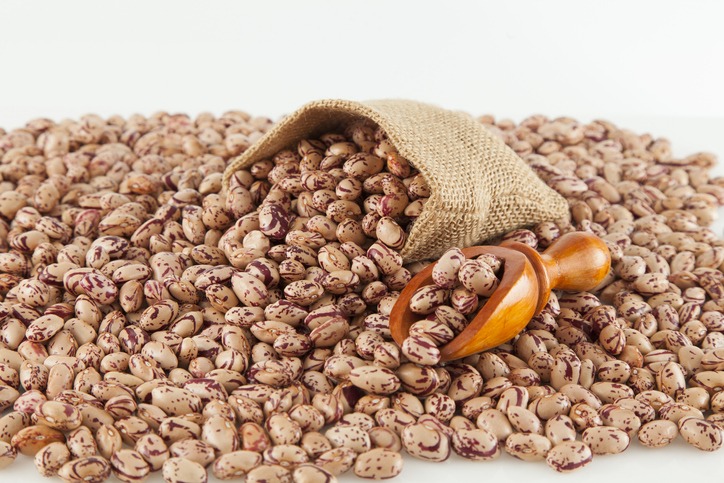Beans are one of the delicious and healthy food items that you can add to different types of dishes. However, some people use dried beans instead of regular beans. One may ask – Why use dried beans? Are they any better? Or do they provide more health benefits? To answer these questions as well as a guide on how to use dried beans, you should read the following article.
Why Use Dried Beans?
Consider the following reasons which will encourage you to use dried beans in your food items.
Cost
It doesn’t get much cheaper than dried beans. You can usually buy a bag of beans (which yields 4-5 cans worth) for about the price (or less) of one can of beans. And don’t even get me started on buying from bulk sections or buying bulk bags yourself. One of the main reasons is because the prices of cans are high which adds more to the price of regular beans. Moreover, they have been processed in several ways in which dried beans are not. Ultimately, this causes a major price gap between the two variants.
Salt
Canned beans generally have A LOT of sodium. You can buy some “reduced” sodium canned beans but unless you are adding salt to your water, your dried beans won’t have any salty issues. Those who face any kind of blood pressure issues or have been advised to consume less salt should be considering dry beans instead of regular beans. Dried beans don’t have any major sodium content.
BPA
Bisphenol A – Generally found in the lining of MOST canned foods, BPA is thought to have many negative effects on your health. However, since you get dried beans in BPA-free plastic bags, there is no chance that you are getting any forms of BPA with them. Therefore, dried beans become a much healthier choice compared to regular beans.
Less Waste
One of the most important things to keep in mind is that dried beans are less environmentally destructive as compared to regular beans. This is because they come in much environmentally-friendly packaging compared to the regular beans which come in the form of cans. Usually, such cans account for a lot of trash which is not the case with dried beans.
High Nutritional Density
Research in the past few years has proven that dried beans have a higher nutritional density as compared to canned beans. Ultimately, those who are on a strict diet should be actively consuming dried beans compared to canned beans as these will give you much more health benefits than you are seeking. Studies have shown that dried beans have a higher protein, fiber, potassium, and magnesium content as well. In addition to that, it has also been seen in one study that dried beans cause less flatulence as compared to canned beans.
Much More Flavorful
One good thing about dried beans is that they have a much better flavor and taste compared to canned beans. When you simmer the soaked beans and then use them with different types of vegetables, the beans can absorb the flavors much more easily as compared to canned beans. This is mainly because the canned beans are already processed and don’t have the tendency to loosen up and allow for more flavor.
Now that I’ve convinced you that using dried beans is all around the best option. Let’s talk about how to use them.
First, you’ll need to soak them. Generally speaking, dried beans are soaked for two reasons:
- Soaking removes indigestible sugars that are the cause of the *unsavory* side effects of beans.
- Reduces cook time.
You can do a quick hot soak or an overnight cold soak. I soak mine overnight. I let them soak for at least 6-8 hours, with more than an inch of water covering them. Then in the morning or mid-day, I rinse them well and transfer them to a pot of water. Depending on the type of bean, they will need to cook for 1-2 hours. I haven’t tried my slow cooker yet, but I think that will be next.
You’ll want to be careful to not try and soak/cook beans that are too old. If your beans are too old, they will never rehydrate fully and you’ll be left with hard or crunchy beans even after you cook them. Try to use your beans within a year.
As for how many beans you cook at a time, you can cook just what you need for a recipe or you can cook more. If you cook more, you may cook them (using a pressure cooker ) or you can freeze them. I’m planning to start cooking them (especially black and pinto beans) in larger batches and try freezing them. I’d love to can them but as you all know, I’m intimidated by regular canning, so pressure cooker canning? Ha! Forget about it (for now). For reference, about 1 1/2 cups of cooked beans are equivalent to a can of beans. (Handy to know for recipes that call for “a can” of beans.)
Conclusion
Cooking with dried beans may seem like a challenge or a difficulty to some but in reality, cooking with dried beans isn’t much of a difficult task. In fact, if you soak them correctly, you will be able to make the perfect dishes with dried beans – Every Time! Besides, the many benefits of cooking with dried beans are also present which make it one more reason why to use them in your most common dishes.
Try out the following recipe too – Baked Brie with Olives and Sun-Dried Tomatoes




